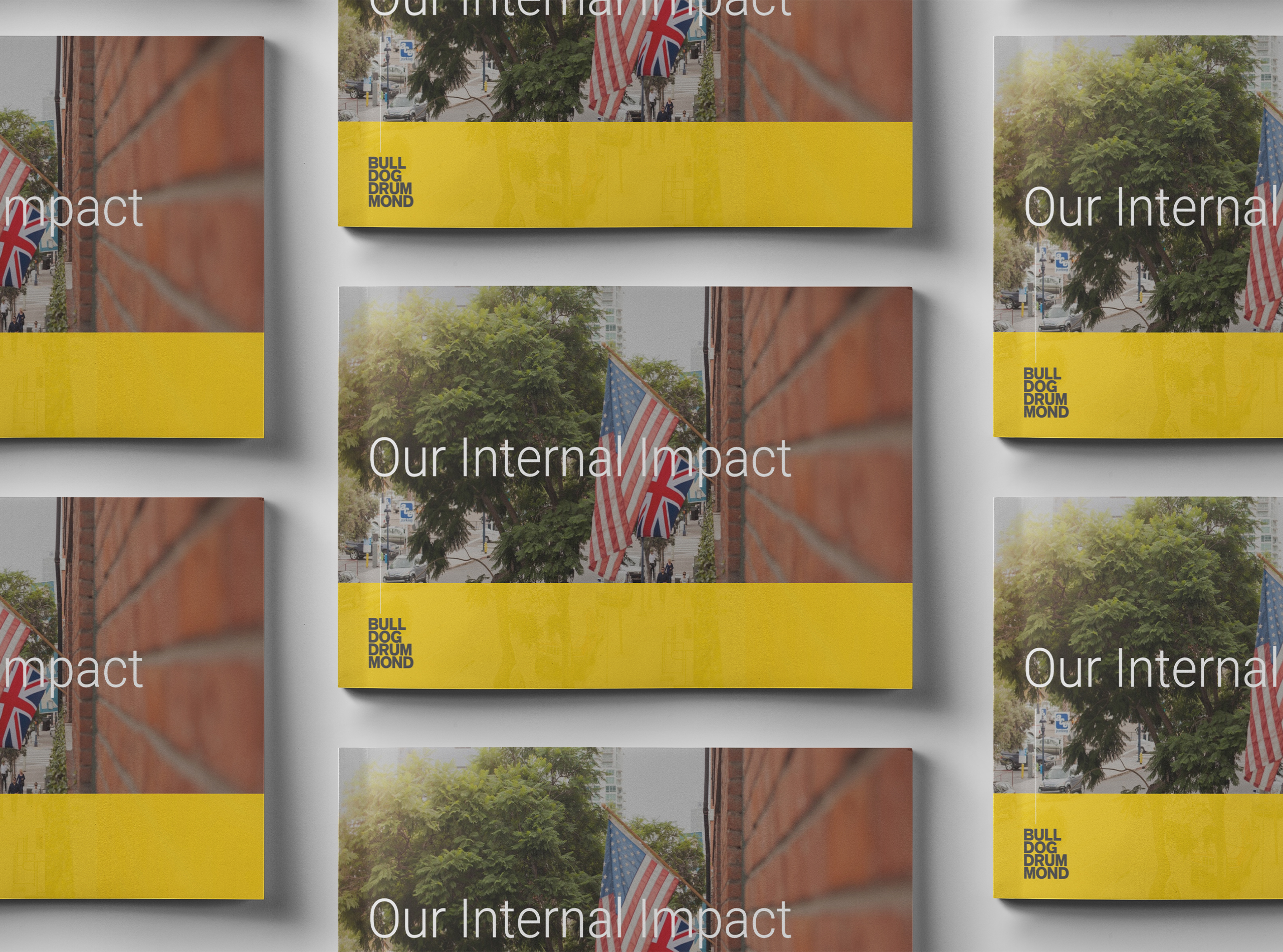
Forced Moments of Serendipity
Most people don’t willingly talk to people they don’t know or consider different.
Your culture is more inclusive and universal when it happens, your business performs better and your customer experience improves when disparate groups of people—i.e. departments—actually talk to one another.
What are you to do?
Before the solution, let’s take apart the components.
People don’t talk to one another
Okay, people are not walking around completely silent. Rather, people prefer to talk to people like themselves—function, level, age, race, style, interests, energy, etc.—and are skeptical of people not like them or new to the tribe. It’s science, more specifically, it’s neuroscience. The brain is wired for this “in-group” “out-group” sorting and it happens non-consciously.
When you take this in-group notion as truth, add in the amount of work organizations ask people to do daily, and sprinkle a dash of ego on top, it is virtually inevitable for silos to form in organizations as they grow and a shared culture to become faction-laden.
Taking it to a basic human level, another reason for the lack of face-to-face, relationship-building, empathy-inducing conversation in your organization (and society) is that people don’t know how to do it.
The ever-present devices in our hands allow us to remain connected to, and only to, the people (or more accurately, the digital personas) we want. We have forgotten how to simply get to know someone without an agenda. We overestimate the sting of rejection from trying to make a connection, even if we are coworkers. We struggle to be brave in the uncomfortable moments when silence between talking can seem like minutes, not seconds. And, we can’t swipe left to end an in-person conversation if it doesn’t engage us.
In summation, we are destined to become analog loners, except in the rarest of circumstances, only connected to people exactly like us. Possible, but I refuse to go quietly into the night, and you should rage against the dying of connection as well.
Your culture and performance of your business requires it
So what if I don’t know people at work outside of the ten-foot radius of my desk? That’s what the directory is for when I need something, right? As the illustrious Lee Corso says, “not so fast, my friend.”
Your culture reflects the norms of everyone. Lack of relationships lead to silos, which lead to an organization with mini-cultures, some great, some not-so-great. On the other hand, diverse relationships and perspectives matter to engagement in work, make the organization more efficient when accomplishing cross-functional initiatives and are the lifeblood for innovation. Not to mention, they bring a general richness to human existence which, at least to me, seems totally worth it.
If employees are connected beyond a corporate directory, email address or phone number, they will feel more comfortable to reach out directly to one another, less likely to assume someone is intentionally doing (or not doing) something and more likely to give them the benefit of the doubt when a perceived mistake is made. These benefits move work along faster, suppresses the inevitable politics and produces higher quality output.
What can you do?
Simply, force moments of serendipity (FMOS) is defined as: An experience forcing together two or more people who don’t normally hangout and providing the impetus for a seemingly innocuous connection, which often leads to a fortuitous one.
Example, a company I worked for provided lunch to team members with one important provision. You could not eat at your desk. This required people to share tables—i.e. find whatever place was available—and gave a common talking point, food. Folks from accounts receivable conversed with the creatives, human resources with technology and operations with real estate.
As an equation, FMOS = Time + Space + Catalyst
The time and space component of FMOS can come in many forms – from company functions and odd activities, daily or weekly meals, a general understanding that breaks are actually okay, architecture of shared spaces, company gyms and office swapping to name a few. Even with time and space allotments, people will still tend flock to whom they know, stay to themselves or headphone-up. Hence, a reason to connect is needed.
Catalysts come in many forms as well. The goal of a catalyst is to ignite a conversation in a largely unthreatening way with a common touchpoint. It can be as simple as a quote or question of the day in a strategic place. Seating arrangements at meetings and trainings. Inclusive during and after-work events. A game or competition (my favorite was the annually egg joust we had at my previous company, which started with 15 people attending year one and had more than 60 by year three).
And don’t underestimate the hidden power of silence. People are uncomfortable with silence. If people are forced together for long enough without the ability to escape, one person won’t be able to stand the silence and will say something. By all means, find a way to slow down your office coffeemaker; put the Keurig on sloth speed and watch relationships bloom.
Regardless of how well-designed and intentioned your FMOS will be, each individual has a decision to make in these moments with “strangers”. My advice is to choose kindness, take a risk to connect and push through the discomfort.
The worst that can happen is you’ll end up back where you started, in solitude and silence, with just a momentary feeling of rejection.
The best that will happen is beautiful moment of serendipity with lasting, unintended benefits, one of whom may even be a—gasp—new friend at work, or at least someone you’d give a head nod to as you pass in the hall.


Uncommon Person: Chad Hutson

Our Internal Learning & Impact at Bulldog Drummond

The One Decision by Employers in 2021 that Means Everything

What I Wish I Knew

Standing Up Inside

Uncommon Person: Gregg Imamoto

Five Things Every Company Should Know about ESG

Redefining Value

Uncommon Person: Chris Baréz-Brown

It’s Time For A Whole Lotta Common Good

Did You Choose Humanity?

Uncommon Partnership: Violux

Here’s How

Uncommon Person: Santhosh Nair

Designing Strategy For A Complex World

Responsibility & Relevance for Brands

